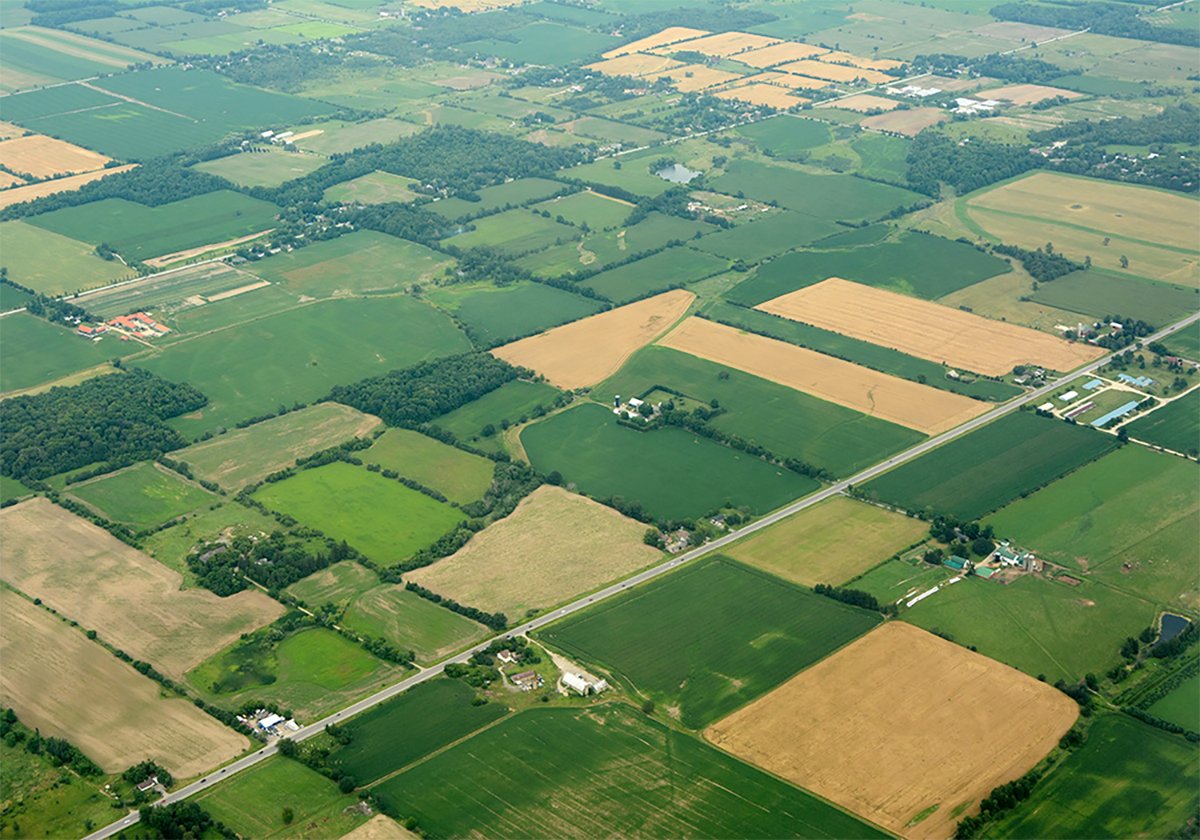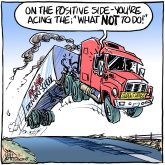I remember my first agriculture conference. I had just started working as a policy analyst in a shared role with Alberta Barley and the Alberta Wheat Commission. When I walked into the reception room at the Winnipeg Fairmont hotel, I was struck by the fact that while there were over 100 people in the room I could count on one hand the number of women. The room was filled with CEOs, vice-presidents, general managers and directors, the sector’s key-influencers. So, where were the women?
Not unlike other sectors, the higher you move up the leadership ladder in Canada’s agriculture sector, the greater the gender gap tends to be. Catalyst Canada found that in 2013, the percentage of female directors in the Financial Post 500 companies sat at 15.9 percent with 40 percent of those companies having no female directors at all.
Read Also

Higher farmland taxes for investors could solve two problems
The highest education and health care land tax would be for landlords, including investment companies, with no family ties to the land.
Where are the women? The boards that govern the commissions and marketing boards in Alberta have less than 10 percent female representation and in the private sector, men hold the top job at all but one of the major grain handling and agri-business companies in Canada.
If you believe that hiring is really about hiring the best person for the job regardless of gender, then the low numbers of women in these jobs suggests that few women are qualified for senior leadership jobs. I think we can all agree, given the talent pool among women in our sector, this is not the case. So what is keeping women from populating the upper ranks of Canada’s agriculture sector?
It must come down to one of two scenarios: either women are not applying for these jobs or they are not being hired, or perhaps it’s a combination. Either way, our sector has some work to do. When you look at the number of women in leadership roles today as compared to 20 years ago, it’s true that we’ve come a long way. According to an article published by Ibarra, Ely & Kolb in the Harvard Business Review (2003), we have likely eliminated many of the overt barriers that led to the deliberate exclusion of women. What we face now is more complex.
Cultural assumptions, organizational structures and patterns of interaction, although inadvertent, often benefit men while putting women at a disadvantage.
Why is this a problem for our sector? Because the leadership landscape is changing. Professors Eagly & Carli from Northwestern University and Wellesley College respectively, published an evaluation of the evidence around what is commonly referred to as the “female leadership advantage.” Their analysis concluded that regardless of gender “contemporary views of good leadership encourage teamwork and collaboration and emphasize the ability to empower, support and engage workers” (2003).
How do women fit into this new model? There is a plethora of studies that reveal findings similar to those published in the Harvard Business Review in 2012 in which Drs. Folkman and Zenger, authors of the book Turning Good Managers Into Great Leaders (2001) stated that “As leaders in organizations look hard to find the talent they need to achieve exceptional results, they ought to be aware that many women have impressive leadership skills.
Our research shows these leadership skills are strongly correlated to organizational success factors such as retaining talent, customer satisfaction, employee engagement, and profitability.”
So not only do female leaders contribute positively to the corporate culture, they raise the bottom line.
So what can we do to address the issue of gender balance in Canada’s agriculture sector?
- First, start by recognizing that gender inequity is not a women’s issue — the entire sector benefits when women have a seat at the table.
- Identify the barriers facing the advancement of women in your organization and commit to eliminating them.
- Don’t be afraid to set concrete goals around the level of female representation you will strive to achieve and the date by which you will endeavour to reach them. This communicates to every employee in the organization that gender equality matters and that you’re prepared to be accountable.
- Comply or explain: Provide an explanation as to why your organization was or was not able to meet the established targets.
- Create a mentorship program in your organization, one that encourages successful female leaders to mentor other women looking to advance their careers. Provide women with the framework and the resources required to carry out this work.
Erin Gowriluk is manager, Government Relations and Policy with the Alberta Wheat Commission. Her blog can be found at www.albertawheat.com/media/blog-the-wheat-sheaf.















